Fatal Wiring Mistakes Everyone Should Avoid
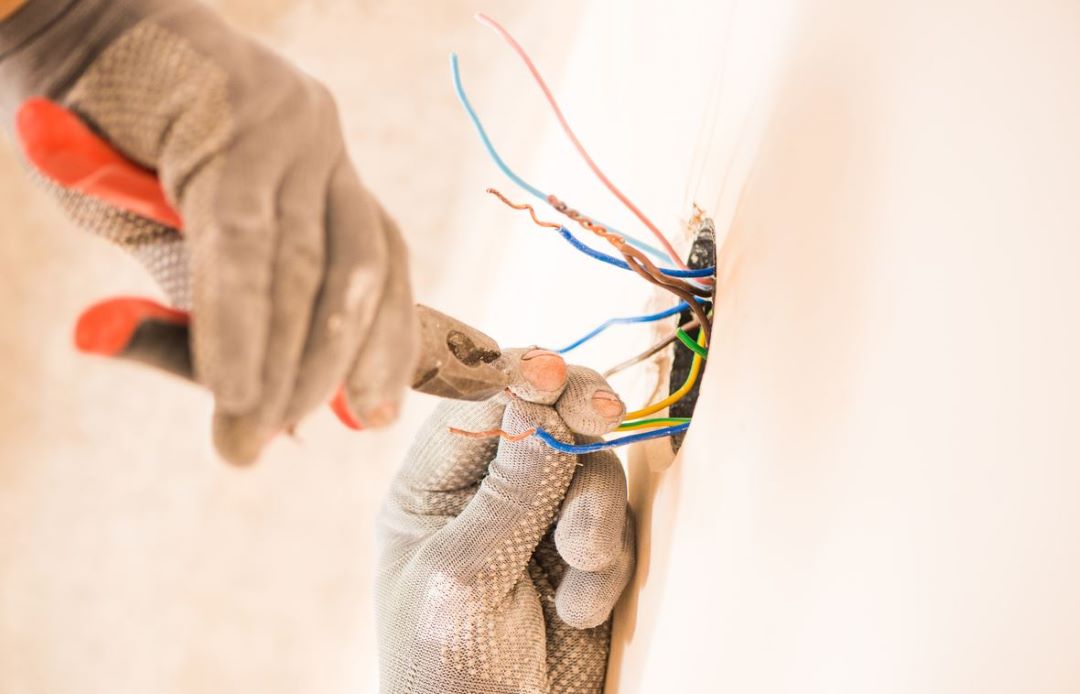
In this document, we discuss crucial aspects of electrical safety, focusing on the most common fatal wiring mistakes that both professionals and DIY enthusiasts should avoid. The content emphasizes the importance of adhering to safety standards and protocols to prevent accidents, injuries, and fatalities.
Through this guide, readers are educated on the dangers of improper wiring, including the use of incorrect materials, ignoring local codes, and underestimating the complexity of electrical systems. This overview serves as a vital resource for ensuring safe practices in all electrical installations and repairs.

What happens if you wire an outlet wrong?
If you wire an outlet wrong, it can lead to several hazardous conditions, including electrical fires, flickering lights, and damage to new appliance. Connecting a positive (black) wire to a negative (white) wire, or reversing the live and neutral wire, can cause short circuits and even fires, given the disruption in the flow of electricity.
Similarly, connecting the wrong wires on a light fixture might not only damage the fixture itself but can also pose a risk of electric shock.
Improper electrical wiring, encompassing issues like overloaded circuits, inappropriate use of aluminum wire and ignoring code violation, are common mistakes that can severely impact a home's safety.
The dangers of incorrect wiring are not confined to immediate electrical issues but include long-term risks such as the potential for fire hazards, damage to the electrical panel, and the overall compromise of a house's electrical system integrity. Professional inspection and correction by a licensed electrician are fundamental to addressing these problems, ensuring that all electrical fixtures and wirings adhere to safety standards and do not constitute a danger to the living space.
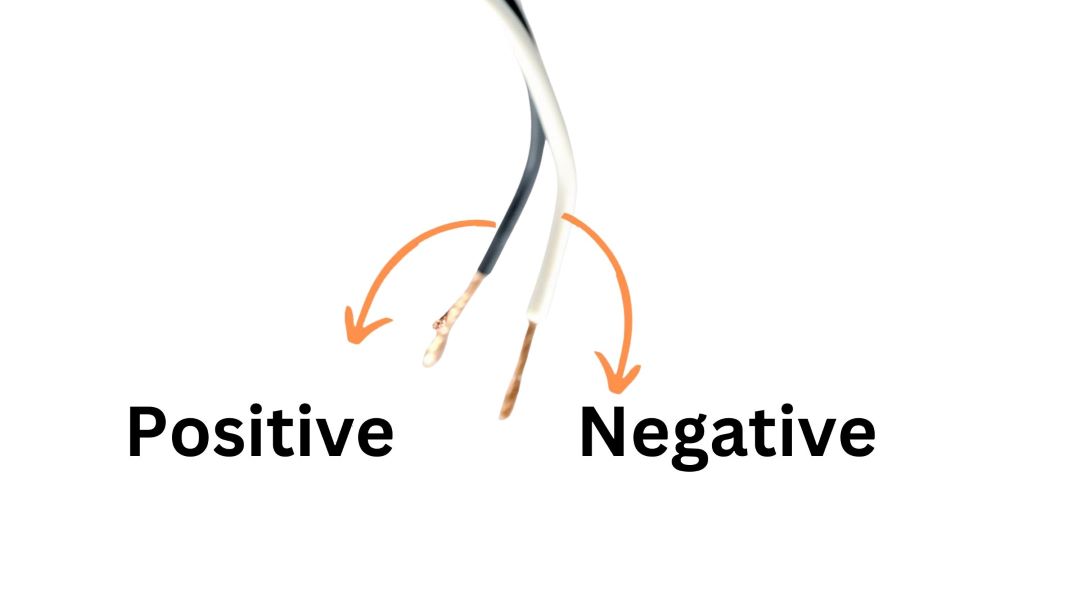
What happens if you connect a positive wire to a negative wire?
If you connect a positive wire to a negative wire in an electrical circuit, it can lead to short circuits, potential electrical fires, and damage to electrical fixtures. This improper connection disrupts the flow of electricity, potentially causing flickering lights or burning smells, which are critical warning signs of electrical issues.
To tell between negative and positive wire, look at the color coding, with black or red indicating hot/ live wires and white or gray representing neutral wires. Neutral wires are usually connected to the silver-colored screws on outlets and switches, while hot wires go to the brass-colored screws.
When connecting positive and negative speaker wires, it's crucial for the performance and safety of your audio system. If positive and negative speaker wires accidentally touch, it can cause a short circuit, leading to damaged wiring or even the complete failure of the speaker itself. This mistake compromises the electrical systems within your home and underscores the importance of careful wiring practices to prevent faulty wires and ensure the longevity of electrical fixtures.
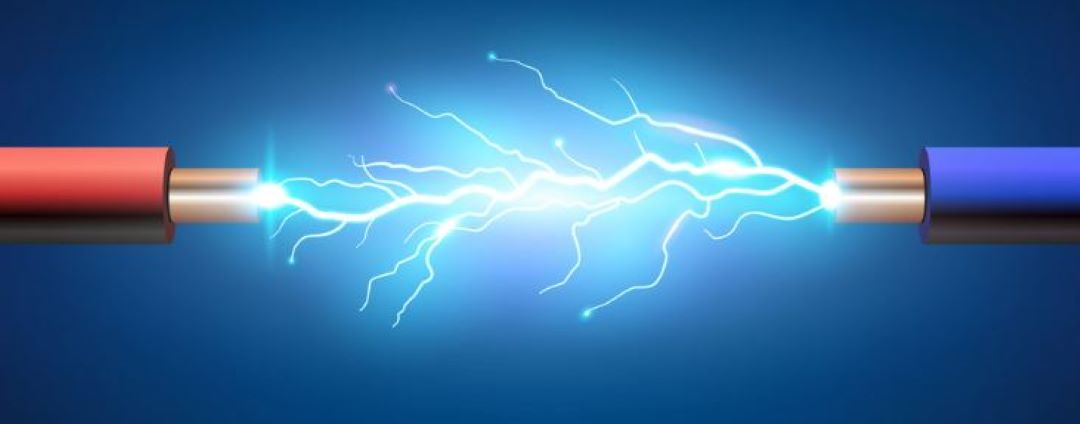
The positive and negative wires spark when touched due to the rapid completion of the electrical circuit, causing a sudden flow of electricity. Such sparking is a strong sign of potential electrical hazards, including electrical fires. These sparks can damage electrician-installed metal outlet boxes, frayed wiring, and switch plates, significantly increasing the risk of fire hazards within the living space.
To avoid these dangers, always ensure that electrical work is performed by a professional electrician, follow best practices for handling hot and neutral wires, and ensure that your home’s electrical system, including the fuse box and circuit breakers, is regularly inspected.
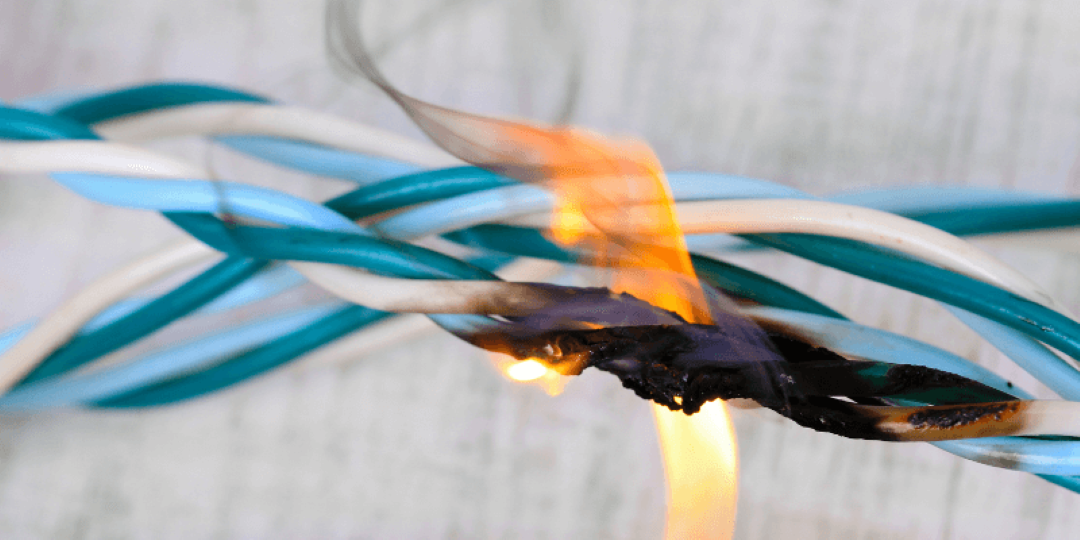
What happens if you connect the wrong wires on a light fixture?
If you happen to connect the wrong wires on a light fixture, it can cause a short circuit. This means that the electricity will flow in a loop without reaching its intended destination, causing the fixture to feel hot, resulting in sparks and potential electrical fires. It can also cause damage to your light fixture or any other connected appliances.
Typically, the wire's color of light fixtures are black and white, indicating the live (positive) and neutral (negative) wires, respectively. It is crucial to connect these wires correctly to ensure the proper flow of electricity and avoid any dangerous situations.
If you reverse black and white wires, it can also cause the light fixture to not work at all. In this case, no electricity will flow through the circuit, and the fixture will remain inoperable until the mistake is corrected.
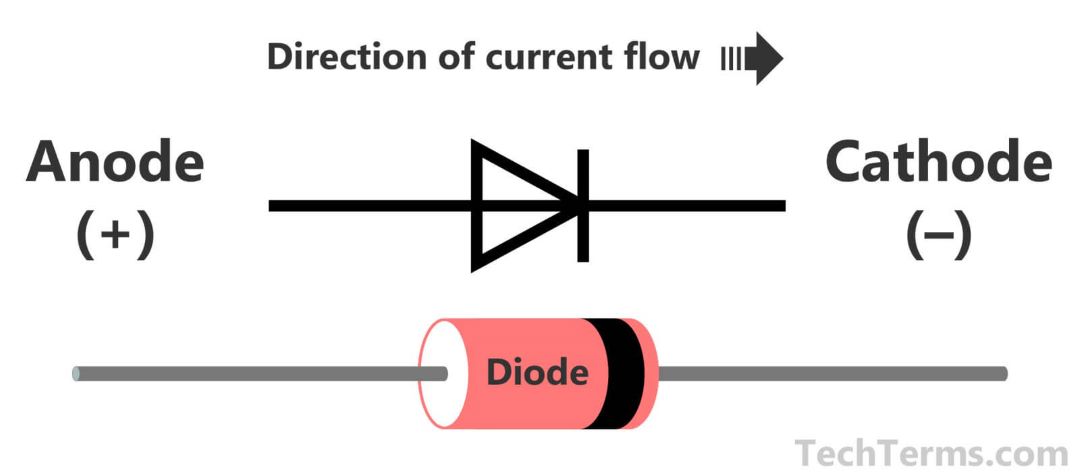
If you wire a LED light backwards, connecting its positive (black) and negative (white) leads incorrectly - can prevent the light from functioning. While LEDs are diodes that allow current to pass in only one direction, fortunately, most modern LEDs are designed to protect against reverse polarity, minimizing the risk of damage.
More seriously, wiring a light switch wrongly can create conditions where switch plates may become electrically charged, posing a shock hazard. It's a scenario that highlights the importance of understanding your home's wiring or calling a professional electrician to avoid creating a fire hazard.
Before installing a light fixture, you can test it by utilizing a multimeter to check for continuity between the live (black) and neutral (white) wires and ensure there's no current. This step is essential to avoid the dangers of connecting faulty wires, such as electrical fires, flickering lights, or damaged wiring. It’s one of the critical warning signs to watch for in electrical systems and underscores the necessity of meticulous inspection before proceeding.
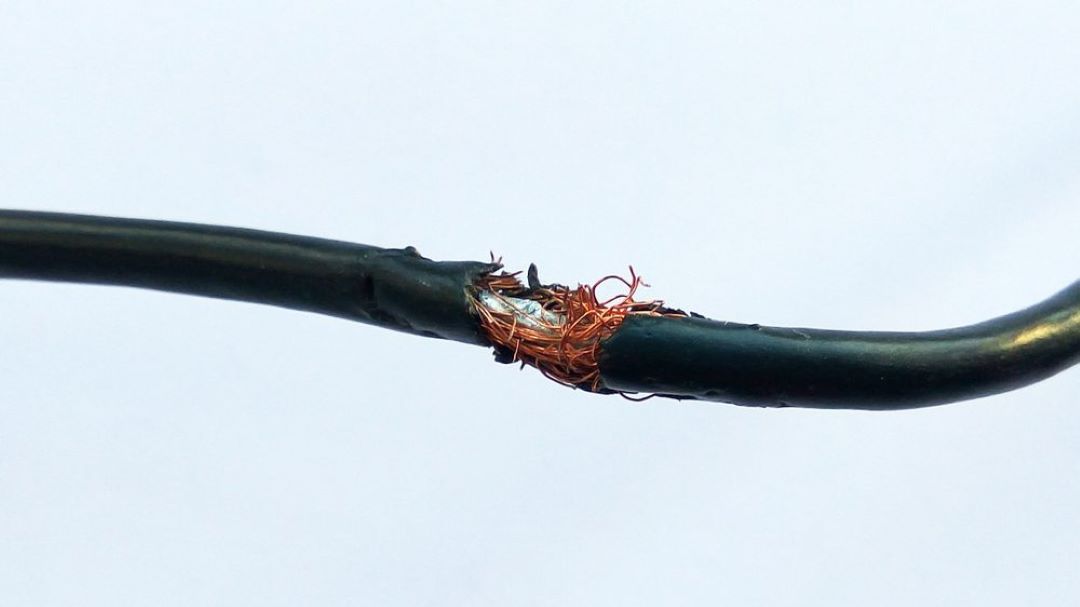
How to tell if wire is bad?
To tell if wire is bad, one of the initial signs of faulty electrical wiring is flickering lights or electrical fixtures that behave erratically. This issue indicates a fluctuation in your home's electrical flow, which can be caused by frayed wires or loose wiring. Such inconsistencies are warning signs that should not be ignored as they can escalate into potential electrical fires.
To check for bad wiring in the house, pay attention to the condition of the electrical panel and if you find any evidence of frayed wiring or damaged wiring within metal outlet boxes, these are clear indicators of bad wiring. Additionally, older homes with aluminum wiring are at higher risk for electrical issues due to the aging of materials, which necessitates a thorough inspection by a professional electrician to assess fire hazard levels.
When attempting to identify or look for broken wires, use a multimeter. This tool detector is designed for safety and ease of use, allowing homeowners to locate breaks in circuits or absent electrical currents in wires without direct contact, significantly reducing the risk of electric shock.
To check if a wire is broken with a multimeter, set the device to the continuity test mode and attach its probes to both ends of the wire. If the multimeter does not beep or show a continuous circuit, it indicates that the wire is broken or has lost its electrical continuity. This is a precise way to pinpoint faulty wires within electrical systems.
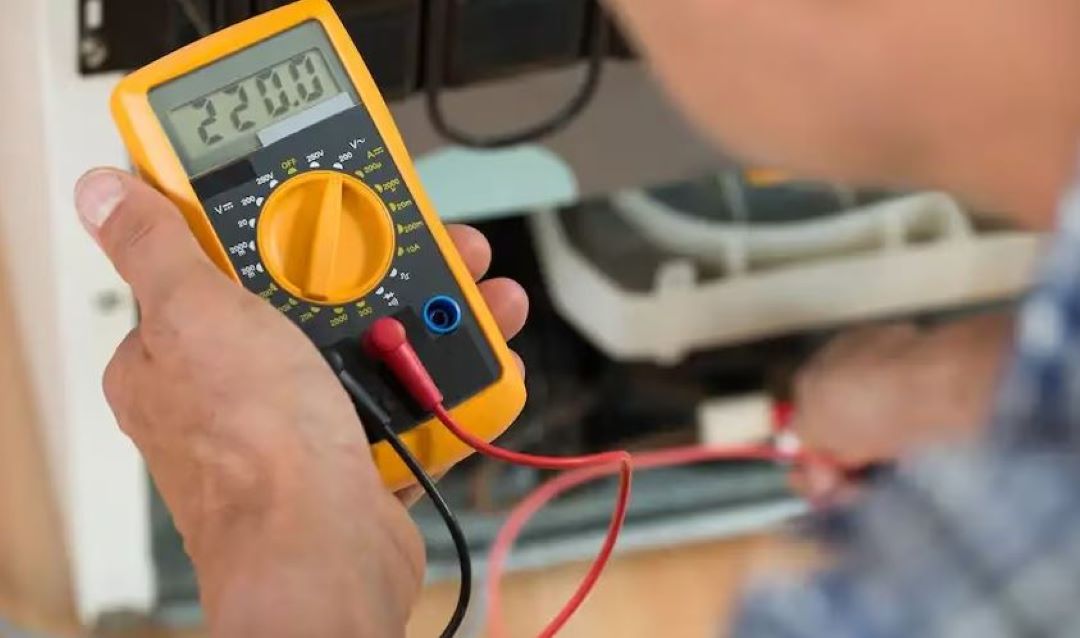
To test a wire for continuity, ensure the appliance or circuit is powered off, then connect one probe to each end of the wire. A continuous tone or a zero resistance reading confirms the wire's integrity, highlighting no breaks along the wire's length. In contrast, a lack of tone or an infinite resistance reading suggests a possible break.
To test a wire with a multimeter, besides checking for continuity, you can also measure for voltage between hot and neutral wires or hot and ground to ensure the electrical fixtures and appliances on the same circuit receive the proper power supply. Always ensure safety procedures are followed, like turning off the power from the circuit breaker before any tests are conducted to prevent electrical shock.
Each of these steps involves inherent risks and complexities; therefore, having a professional electrician install, inspect, or repair any suspected bad wiring is always recommended. DIY approaches to fixing electrical systems can inadvertently omit code violations, potentially leading to severe consequences like fire hazards or electric shocks. Properly understanding and maintaining the electrical wiring in your house can ensure a safer living space, preventing overloading, and avoiding the pitfalls of bad wiring.
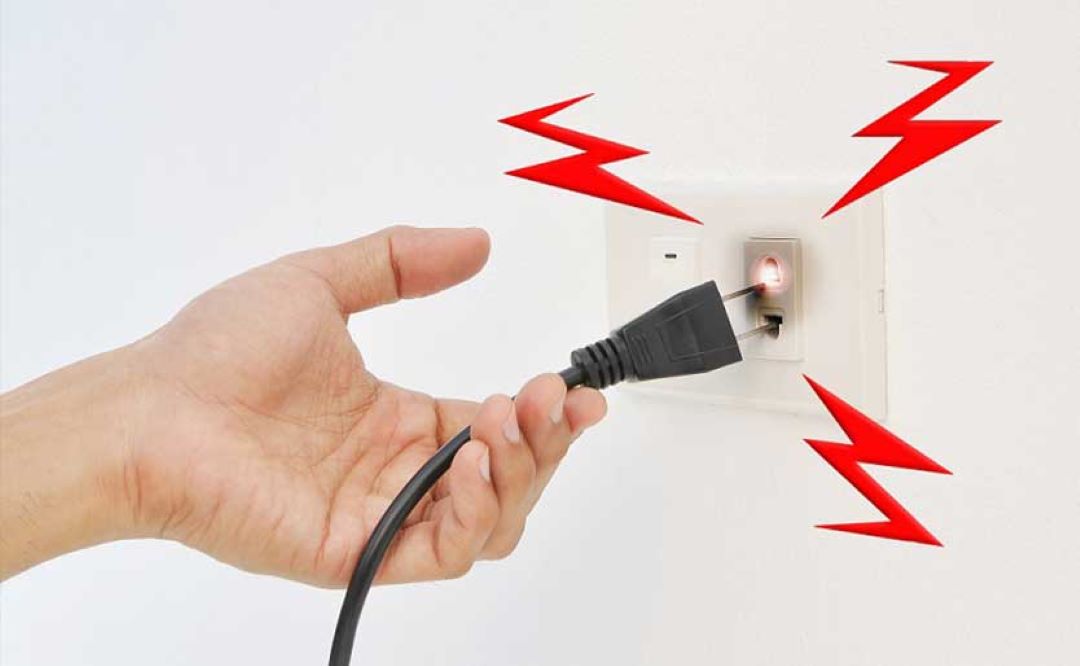
Improper Electrical Wiring Solutions and Problems
Improper electrical wiring can present numerous safety hazards in a home. Here are some common problems and their solutions:
Loose Wire Connection
Loose wire connections in your home can manifest through several warning signs. Noticing flickering lights, single outlet that fails to work intermittently, switch plates, or outlet cover plates that feel warm to the touch are strong indications of a loose connection.
Additionally, burning smells without a discernible source and circuit breakers that frequently trip can also point towards this issue. These symptoms suggest a failure in the electrical system's integrity, posing a risk for electrical fires originating from overheating or sparking.
To address loose wire connections, the first step is to identify the problem areas. This may involve inspecting outlets, switch plates, and circuit breaker panel for signs of wear or damage. Once identified, turning off power to the affected area is crucial for safety before any repair work begins. It's highly recommended to hire a professional electrician for this task. Electricians can tighten loose connections, replace damaged wiring, and ensure that all connections meet current electrical codes and standards.
Regular inspections of your home’s electrical wiring can also help prevent loose connections from becoming a serious hazard. If the issue is widespread or your home has outdated wiring systems like aluminum wiring, a more comprehensive rewiring may be necessary to ensure safety and functionality.
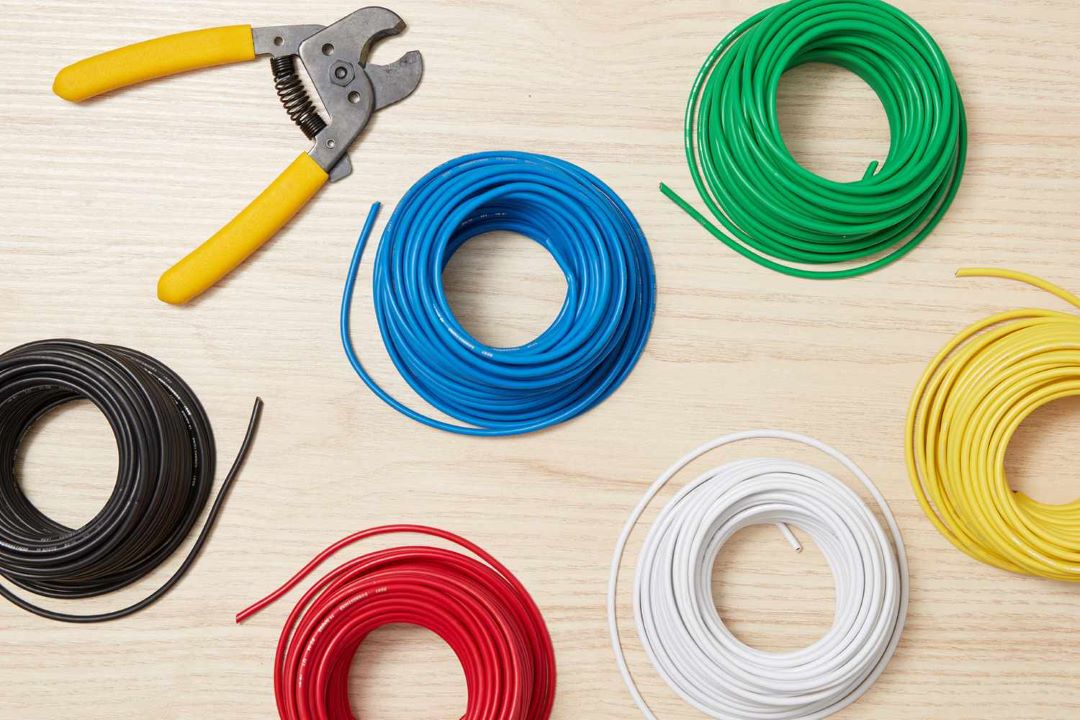
Short Wire Length in Electrical Boxes
Short wire length within electrical boxes can hinder the safety and flexibility of electrical repairs and upgrades. This issue generally occurs when wires are cut too short during the initial installation, leaving insufficient slack for future movements or adjustments. The lack of adequate wire length can make any subsequent electrical work difficult, increasing the risk of poor connections and potential electrical hazards.
To effectively address this problem, extending the existing wires using wire connectors is a practical solution. This method involves carefully adding a length of compatible wire to reach the required distance within the electrical box, ensuring that connections remain secure and accessible. It's crucial to use wire connectors that are appropriately sized for the wires being joined and to follow all relevant electrical codes.
Overstuffing Electrical Boxes
A common but dangerous issue is overstuffing electrical boxes with more wires than they are designed to hold. This practice can lead to overheating, short circuits, and even fires due to the wires not having enough room to dissipate heat effectively. Additionally, it makes maintenance and troubleshooting tasks considerably more challenging, as navigating through the cramped space increases the risk of damaging insulation or creating poor connections.
The solution to this problem involves installing larger or additional electrical boxes to accommodate the number of wires required for the installation. It is essential to adhere to the National Electrical Code (NEC) guidelines, which specify the allowable number of wires based on the box size and wire gauge. In some cases, it may be necessary to utilize extension cords, power strips or more outlets for different circuits.
For safety and compliance, it is highly recommended to have this process overseen by a licensed electrician who can ensure that the modifications meet all safety standards and code requirements.
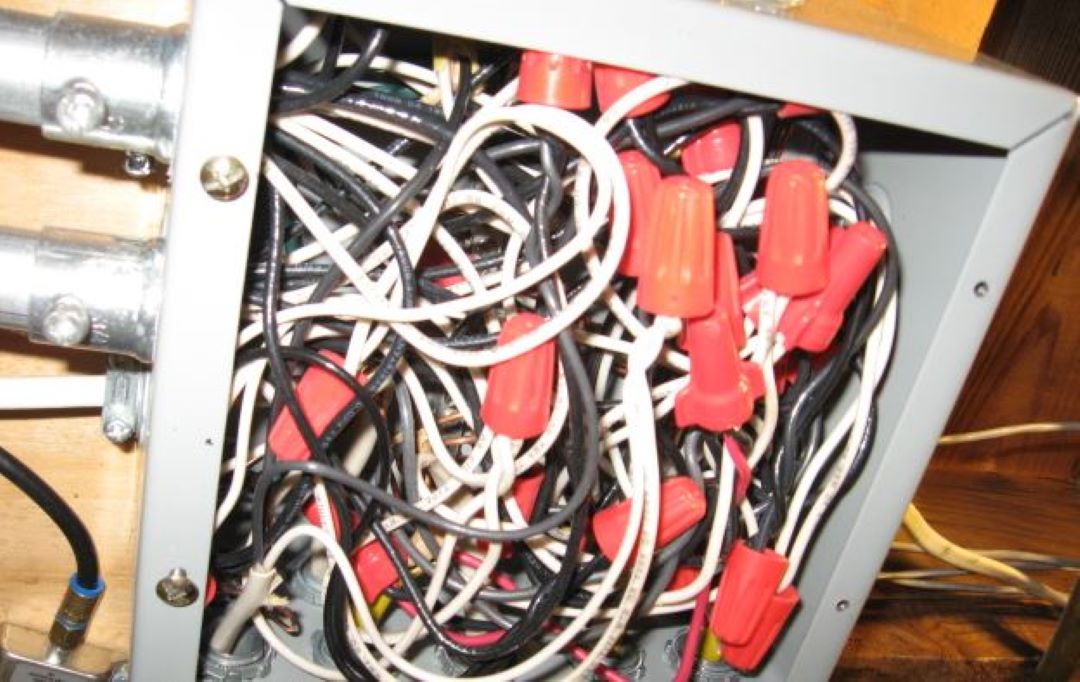
Dispensing with Electrical Boxes Altogether
Dispensing with electrical boxes altogether is an egregious safety hazard that compromises the integrity of a home's electrical infrastructure. Without these protective cases, wires are exposed to potential mechanical damage, environmental factors, and increased risk of electrical fires due to short circuits.
Furthermore, bypassing electrical boxes undermines compliance with the National Electrical Code (NEC), inviting legal and insurance complications in the event of an incident.
The most viable solution is the installation of appropriate electrical boxes for all junctions and terminations. This enforcement ensures that all electrical connections are safely housed within a protective enclosure, significantly reducing the risk of accidents.
Selecting the correct type and size of the box according to the number of wires and the type of installation is crucial. Again, leveraging the expertise of a licensed electrician for these installations guarantees adherence to safety standards and code requirements, offering peace of mind and enhancing the safety of the electrical system.
Mingling Line Voltage and Low Voltage Wires
Mingling line voltage and low voltage wires within the same conduit or space is a practice fraught with hazards. This mixing can lead to electromagnetic interference, jeopardizing the performance and reliability of low voltage devices such as thermostats, doorbells, or security systems. More critically, there's a heightened risk of electrical shock or fire, especially if insulation becomes compromised and allows current to cross from higher voltage lines into those carrying less.
To mitigate these risks, keep these wires separate to avoid interference and potential shock hazards. If they must cross, ensure they do at a 90-degree angle.
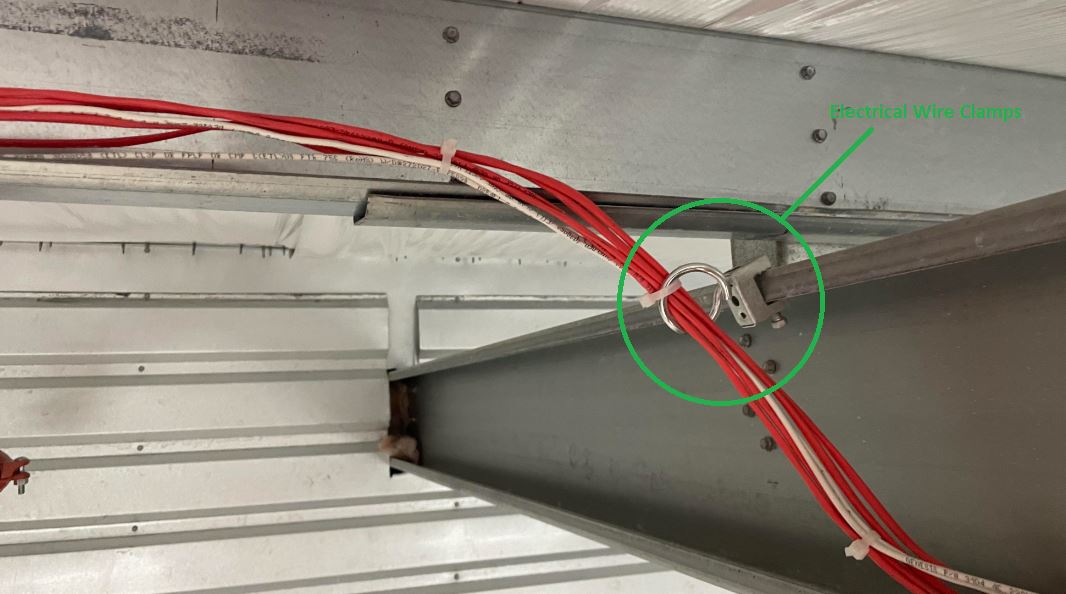
Leaving Wires Unsecured without Clamps
Unsecured wires, without the proper clamps, pose a risk of becoming damaged or dislodged, potentially leading to short circuits or fires. These scenarios become more alarming in environments where movement or vibration is common, further exacerbating the risk of electrical failure or hazardous conditions.
Wires should be clamped to the box to prevent strain. Failing to secure wires can lead to damage and short circuits. Ensure wires entering an electrical box are clamped.
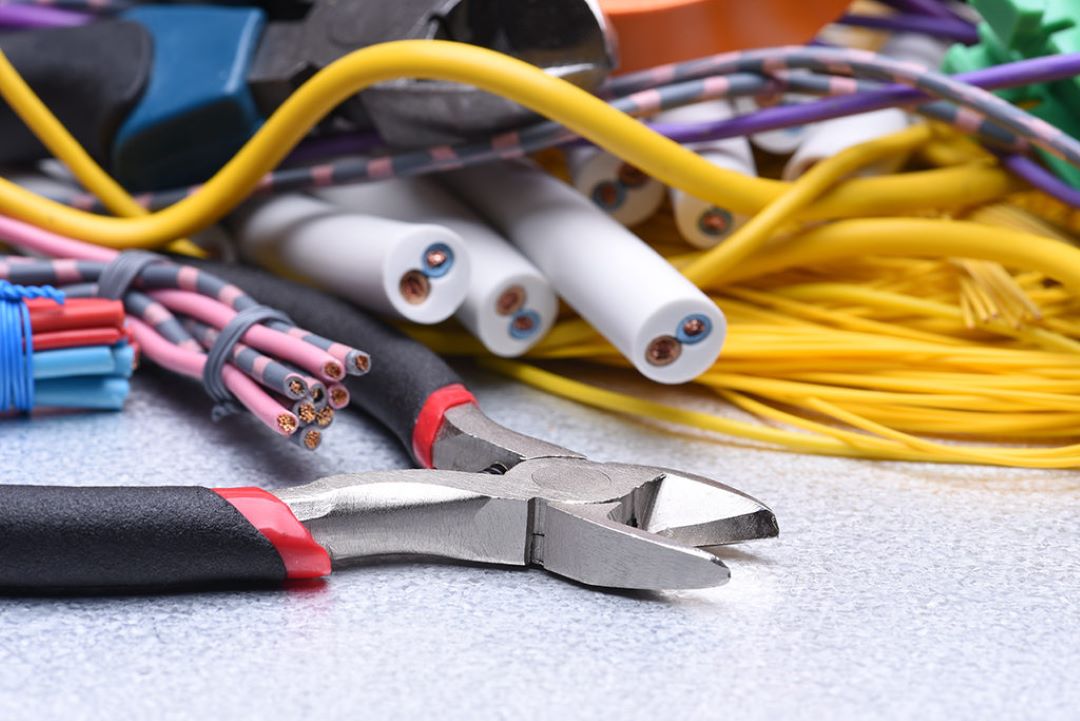
Electrical System Installation Without Grounding
Electrical system installation without proper grounding presents a serious threat to both safety and equipment functionality. A grounding system is essential as it provides a safe path for excess electrical energy, caused by faults or lightning, to dissipate into the earth. This prevents electrical shock to individuals and avoids damage to electrical appliances and systems.
To address this issue, ensure that all electrical installations include a grounding system that complies with local electrical codes and standards. This typically involves connecting the electrical system to grounding electrodes, such as rods driven into the ground or metal water pipes. Regular inspection and testing of the grounding system by a qualified electrician can further guarantee its effectiveness and safety.
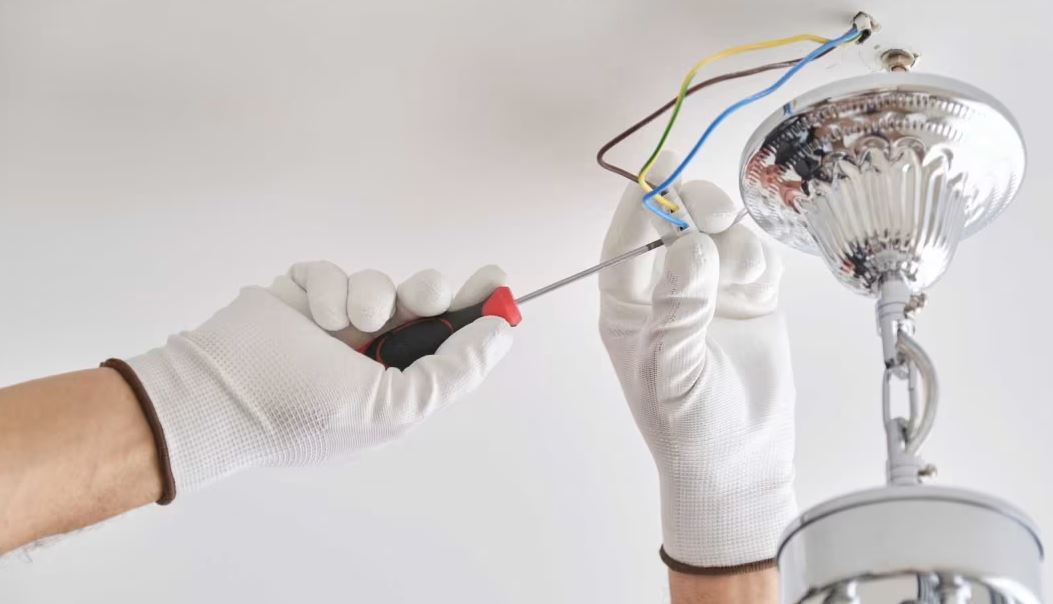
Connecting New Fixtures to Old Connections
Connecting new fixtures to old connections often results in compatibility issues that may compromise the safety and functionality of the electrical system. New fixtures might have different power requirements or mounting configurations than the old connections, which could lead to overheating, electrical fires, or even failures in the electrical system.
To prevent these problems, it is essential to ensure that any new fixtures are fully compatible with existing wiring and connections. This might involve updating the new line or installing an adapter to accommodate the new fixture. Always inspect and update old wiring if necessary before installing new fixtures to prevent overloading and potential fires.
Improper Fixing of Outlets or Switches
Improper installation of outlets or switches can lead to several issues, including electrical shorts, sparks, and increased risk of fires. This issue often arises from loose connections, incorrect wiring, or the use of non-compliant materials.
To mitigate these risks, ensure all outlets and switches are securely fixed to prevent movement and potential wire damage. Loose fixtures can lead to arcing and fires.
Unprotected Cables
Leaving electrical cables unprotected can increase the risk of physical damage, which may lead to short circuits, shocks, or even fires. Wires running through areas prone to damage should be protected by conduit or within the walls. Exposed wires are a risk for damage and fires. Exposure to harsh environmental conditions, or physical interference from pets and human activities, can quickly degrade cable integrity.
The best way to address this issue is by using conduit or cable protectors to shield cables from damage. Regular inspections can also help identify areas where cables may be at risk and allow for timely corrective measures. Ensuring cables are neatly arranged and secured can prevent accidental damage and prolong their lifespan.

Exposing Boxes to Combustible Materials
Exposing junction metal outlet box, electrical panels, and other electrical fixtures to combustible materials poses a fire risk. This can occur in settings where electrical fixtures are installed near or within flammable structures or materials, such as wooden frames or cluttered storage areas. The heat generated by electrical currents, combined with a potential spark, can ignite these materials, leading to devastating fires.
To mitigate this risk, it is crucial to maintain a safe clearance area around all electrical boxes and panels, free from any combustible materials such as paper and cloth. This reduces the fire risk. Installing metal barriers or using non-combustible materials for nearby structures can also help in reducing these risks.
Ignoring the Need to De-energize Downstream Equipment
Working on electrical equipment without de-energizing downstream components poses serious risks including electric shock, arc flash, and other hazardous energy-related injuries. This oversight can occur in environments where there is a pressure to maintain operational uptime or simply due to neglecting proper safety protocols.
To address this critical safety concern, implementing a strict lockout/tagout (LOTO) procedure is essential. This protocol ensures that all sources of hazardous energy are isolated, and machinery is rendered inoperable before any maintenance or repair work begins. Additionally, regular safety training and awareness programs should be conducted to reinforce the importance of de-energizing equipment and following proper LOTO procedures.
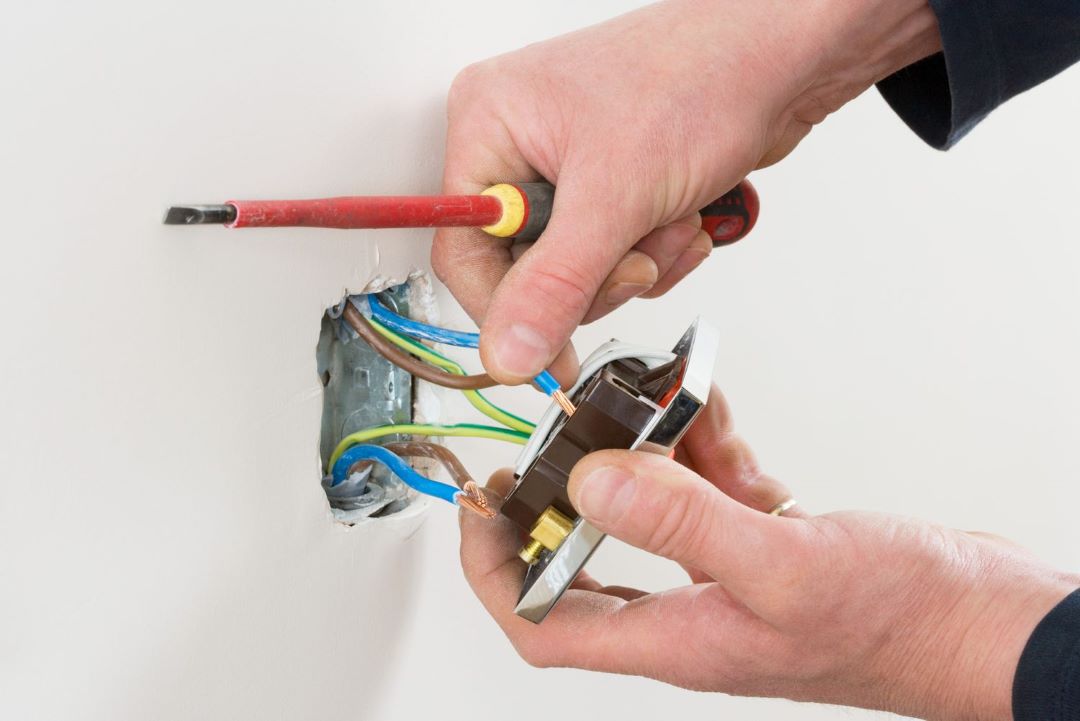
Wrong Connection to Neutral Terminal
Connecting appliances or equipment incorrectly to the neutral terminal can lead to dangerous outcomes, including electrical fires and equipment damage. This mistake often arises from misunderstanding wiring configurations or neglecting standard electrical codes.
Ensure that the dedicated lines are connected to the correct terminal in outlets and switches to prevent reverse polarity, which can be dangerous.
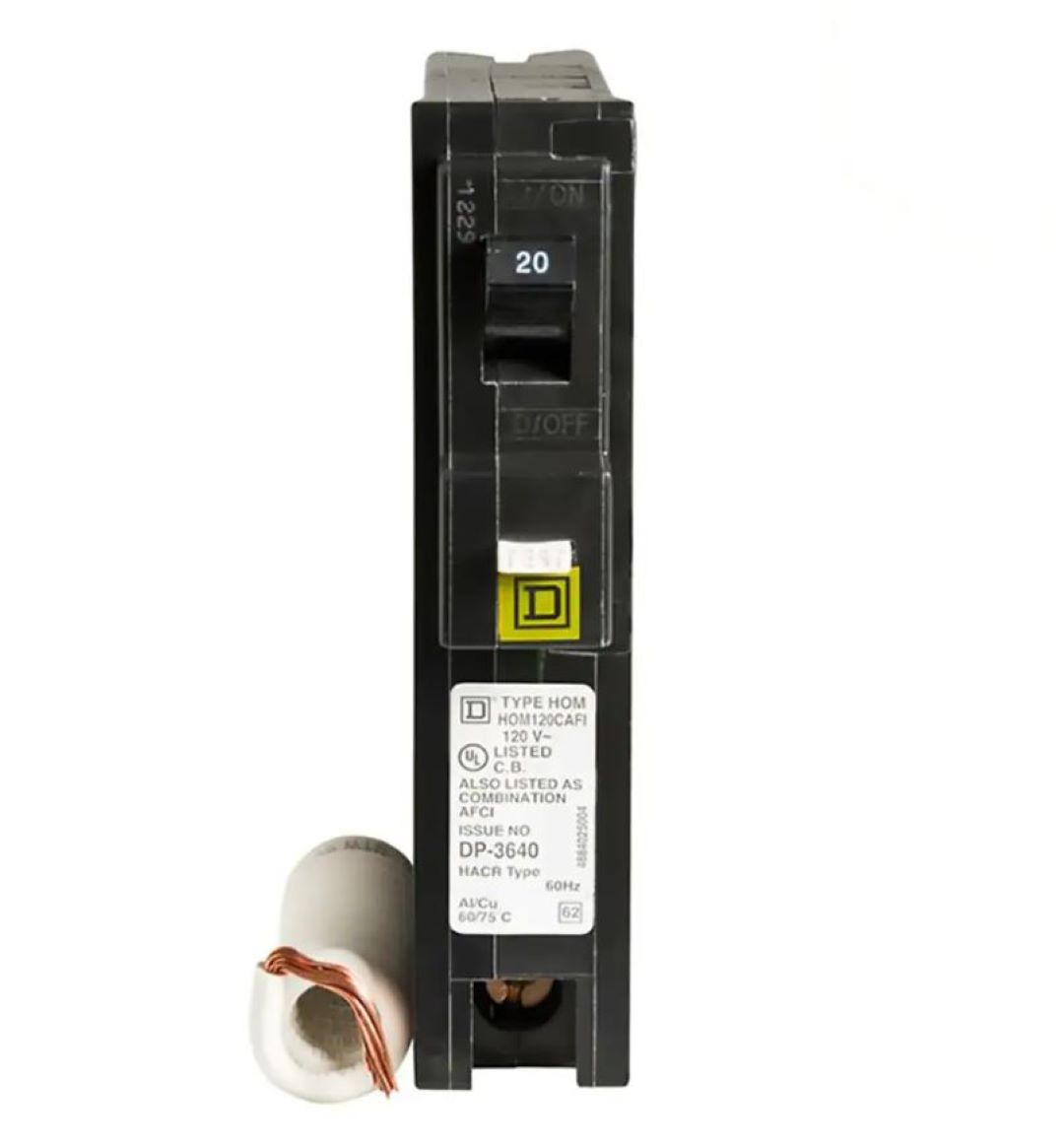
Wrong Ground Fault Circuit Interrupters Connection
Incorrectly installing or connecting ground fault circuit interrupters can lead to a failure in detecting and preventing hazardous electrical conditions, such as short circuits or ground faults. This deficiency compromises the safety of electrical systems and puts both people and property at risk.
To mitigate this issue, ground fault circuit interrupters (GFCI) and arc-fault circuit interrupter (AFCI) breakers must be installed according to the manufacturer's instructions to ensure protection against electrical shocks and fires. It's also advisable to have electrical installations and connections inspected by qualified electricians who are familiar with local codes and standards. Regular testing of circuit interrupters should be part of routine electrical maintenance to ensure they function correctly when needed.
Failure to Heed Boundary Warnings
Ignoring boundary warnings on electrical panels and circuits can lead to potential hazards such as electrical shock or fire. These boundary warnings are set in place to indicate safe working zones and restrictions around high-voltage components. When these warnings are not heeded, individuals risk breaching these safety perimeters, potentially leading to dangerous interactions with live electrical components.
To prevent such risks, it is imperative to observe and respect the clearances around electrical panels and equipment as specified by the National Electrical Code to ensure safe operation and access in case of emergencies. Training and awareness programs should be conducted to educate individuals about the importance of these boundaries. Additionally, implementing physical barriers or signage can help in demarcating these zones clearly, further ensuring that personnel and the public maintain a safe distance from potential hazards.
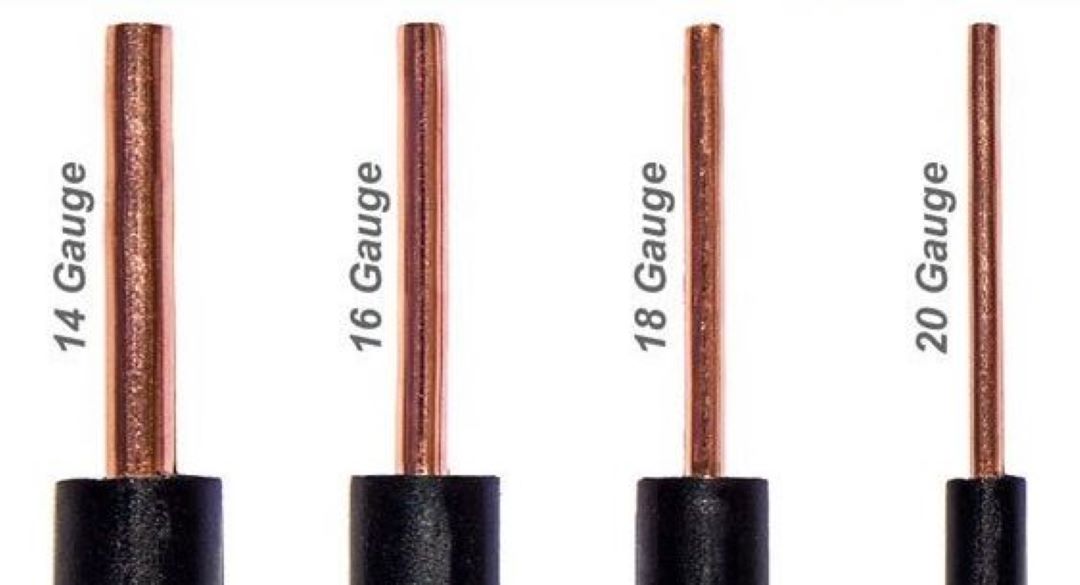
Mismatching Wire Gauge
Using wires that are not compatible with the current they are expected to carry can result in overheating, damage to electrical devices, and even fires. This mistake often occurs when lower gauge wires are used for applications requiring a higher capacity due to their inability to handle the load, leading to excessive heat build-up.
To resolve this issue, always match the wire gauge with the amperage of the circuit to prevent overheating. If unsure, consult a professional electrician for guidance.
Each of these problems can lead to serious issues ranging from electrical fires to electric shocks. The safest and most effective solution is often to consult a professional electrician who can assess the situation, make necessary repairs, or upgrade the system to meet current codes and safety standards. Regular inspections and proper maintenance of electrical systems are key to preventing these problems and ensuring a safe living environment.
What are the common mistakes when wiring?
When wiring, the common mistakes are namely crossing wires, overloaded circuits, using the wrong gauge wire, too many connections in one junction box, and failure to ground wires. These errors can lead to faulty wiring, which poses significant risks to the electrical system and components within a house.
Overloaded plug, circuits and incorrect wire gauge in the house are primary causes of tripped breakers, indicating an electrical issue that could affect the entire home. Likewise, failure to properly ground wires or having too many connections in a single junction box can compromise the safety of many homeowners. Such oversights can result in malfunctions with plugs and outlets, which is a good sign of a serious problem in the electrical infrastructure.
What are the dangers of incorrect wiring?
The dangers of incorrect wiring include a range of serious risks, from sparking electrical fires to other signs like flickering lights, which indicate underlying fire hazards. These electrical issues can lead to burning smell – a clear red flag that something is very wrong. At the extreme, incorrect wiring presents a risk of electrocution, making it imperative to address any suspected wiring problems by consulting a qualified electrician immediately.
What not to do when connecting wires?
When connecting wires, some key things you should not do include never making connections outside electrical boxes, as this could lead to power issues and potential code violations.
Leaving plastic cables unprotected may expose them to heat sources, creating hotspots that could result in electrical issues or even fires.
Cutting the connection wires too short can lead to insufficient contact, increasing the risk of loose wire connections and hotspots that many homeowners might misunderstand as problematic plugs or devices.
It's also crucial to avoid wrong wire terminal connections, which can compromise the integrity of the electrical system.
To prevent such incidents, it is crucial to read up on the electrical wire color code in Singapore, follow manufacturer instructions and adhere to national and local electrical codes during installation.
Never install a cable without the use of a clamp, as this oversight can lead to wire strain or damage, especially in high-use areas like near space heaters or through air ducts.
To tell if a wire is bad, check out the 20 signs that you need a wiring repair and replacement. Also, look for warning signs such as frayed wiring, burning smells, or frequent circuit breaker trips. Ensuring all these measures are taken helps maintain a safe and efficient electrical system.
What is the most problem in electrical wiring?
In electrical wiring, the most problem is circuit breaker tripping, which serves as a crucial defense mechanism against potential electrical hazards.
When a breaker trips, it effectively cuts off power, preventing further damage to the electrical system within the house.
Top signs of a tripped breaker include sudden loss of power, appliances not working, or lights flickering intermittently.
If you wire a light switch wrong, the light will not turn on, and in some cases, it can result in the switch not functioning properly. In order for a switch to function properly, it is essential to learn how to fix light switch button.
Often, the breaker panel provides clues through switches that have flipped to the "off" position. If these occurrences happen frequently, it is essential to consult an electrician immediately to assess underlying issues, as continual tripping could indicate more significant problems within the wiring.
Addressing these issues promptly is vital to maintaining the safety and reliability of the house’s electrical system.